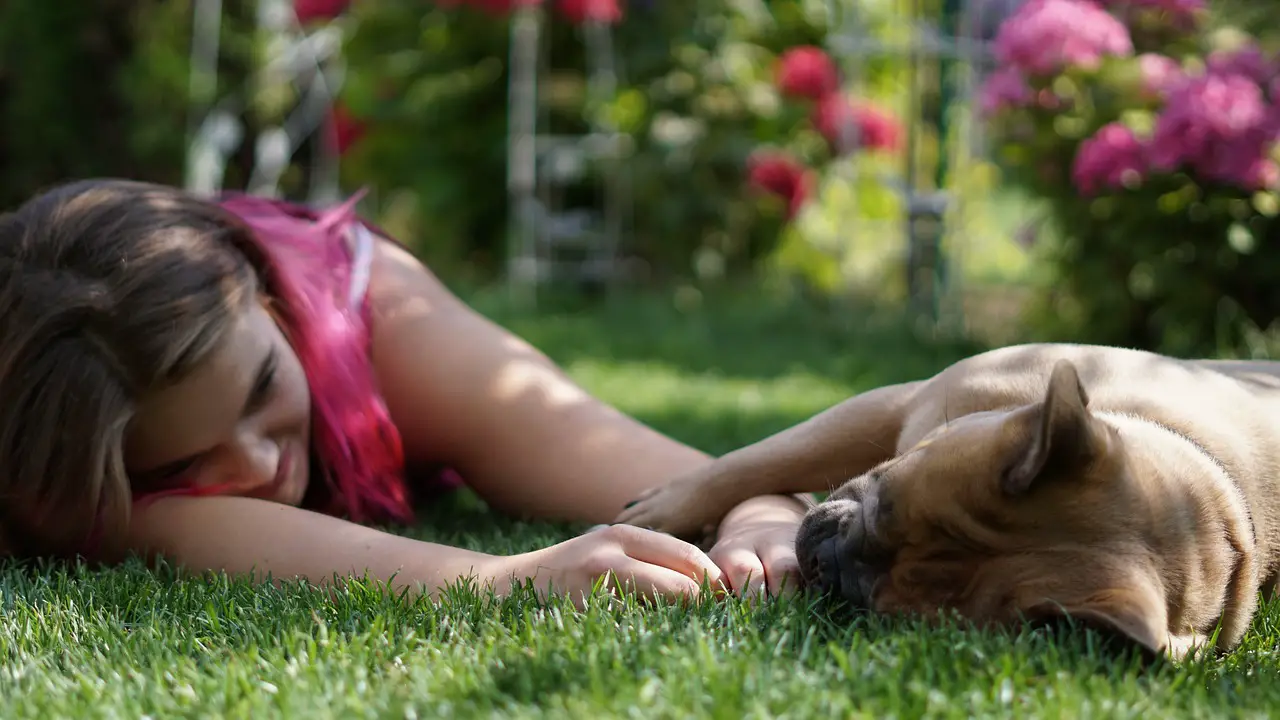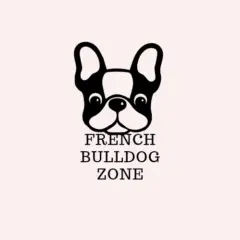

As a dog owner, you may have experienced your furry companion nibbling on you at some point. While it may seem like a peculiar behavior, there are actually several reasons why dogs engage in nibbling. In this article, we will explore the instinctual nature of dogs, as well as the psychological and physical reasons behind their nibbling habits. Understanding these reasons will not only deepen your bond with your furry friend but also help you address any excessive or unwanted nibbling behavior.
Understanding the instinctual nature of dogs
Dogs are descendants of wolves, and despite thousands of years of domestication, they still retain many of their ancestral instincts. One such instinct is the need to explore their environment through their mouths. Puppies, in particular, use their mouths to investigate objects and learn about the world around them. This behavior is known as mouthing and is often accompanied by nibbling. As dogs grow older, this instinctual behavior may persist, especially if they were not properly trained or socialized as puppies.
Psychological reasons behind dog nibbling
Apart from their instinctual nature, dogs may also nibble as a way to communicate with their owners. Dogs are highly social animals and use various forms of body language to express their needs and emotions. Nibbling can be a form of communication, signaling their desire for attention or affection. It can also be a way for dogs to assert their dominance or establish their place within the pack, which in this case includes their human family.
Nibbling as a form of communication
Dogs are known for their ability to read human emotions and respond accordingly. When a dog nibbles on their owner, it can be a way of seeking interaction or conveying a message. For some dogs, nibbling may be their way of saying, “Pay attention to me, I want to play!” or “I need your help with something.” It’s important to observe your dog’s body language and context to understand the specific message they are trying to convey through their nibbling behavior.
Nibbling as a sign of affection
Nibbling can also be a display of affection from your furry friend. Dogs have different ways of showing love, and nibbling can be one of them. Just like a gentle kiss or a warm hug from a loved one, nibbling can be their way of expressing their attachment and fondness towards you. It’s important to note that each dog may have their own unique way of showing affection, and nibbling may be one of their preferred methods.
Nibbling as a grooming behavior
Another reason why dogs nibble on their owners is to engage in grooming behavior. In the wild, wolves and other canines groom each other as a way to establish social bonds and maintain cleanliness. When a dog nibbles on you, they may be trying to groom you as they would groom their pack members. This behavior is more commonly observed in dogs with a strong nurturing instinct, such as certain breeds of retrievers or spaniels. It’s their way of showing care and affection towards you, just like they would with their fellow canines.
Nibbling as a way to seek attention or comfort
Dogs are highly social creatures and thrive on human interaction. When they nibble on their owners, it can be a way to seek attention or comfort. Dogs may nibble when they feel anxious, stressed, or simply in need of reassurance. By nibbling, they are looking for physical contact and closeness with their owners, which helps them feel secure and loved. Understanding this underlying need for attention or comfort can help you respond appropriately to your dog’s nibbling behavior.
Nibbling as a result of teething or dental issues
For puppies, nibbling can be a result of teething. Just like human babies, puppies go through a teething phase where their new teeth are growing in. Chewing and nibbling on objects, including their owners, can help alleviate the discomfort caused by teething. It’s important to provide appropriate chew toys and ensure that your puppy has a variety of safe objects to nibble on during this phase. Additionally, some dogs may nibble due to dental issues such as gum inflammation or toothache. If you suspect dental problems, it’s essential to consult with a veterinarian for proper diagnosis and treatment.
How to address excessive or unwanted nibbling behavior
While nibbling can be a natural behavior for dogs, excessive or unwanted nibbling may need to be addressed. Here are some tips to help you manage and redirect your dog’s nibbling habits:
- Training and socialization: Proper training and socialization from an early age can help teach your dog appropriate behavior and reduce the likelihood of excessive nibbling.
- Provide alternative outlets: Offer your dog a variety of chew toys and interactive puzzles to redirect their nibbling behavior towards appropriate objects.
- Positive reinforcement: Reward your dog with praise, treats, or playtime when they engage in desired behaviors, such as not nibbling or choosing appropriate objects to nibble on.
- Consistency: Be consistent in your response to your dog’s nibbling behavior. Set clear boundaries and reinforce them consistently to avoid confusion.
- Professional help: If your dog’s nibbling behavior persists or becomes problematic, consider seeking the assistance of a professional dog trainer or behaviorist who can provide tailored guidance and support.
Conclusion and final thoughts on dog nibbling behavior
In conclusion, dog nibbling behavior can have various reasons, ranging from instinctual exploration to communication and affection. Understanding the underlying motives behind your dog’s nibbling habits can help strengthen your bond and ensure their needs are met. Remember to observe your dog’s body language and context to decipher the message they are trying to convey through their nibbling behavior. With proper training, socialization, and appropriate outlets for their chewing needs, you can help manage and redirect your dog’s nibbling behavior in a positive way. By nurturing a healthy and balanced relationship with your furry companion, you can enjoy a harmonious coexistence filled with love, understanding, and a few friendly nibbles along the way.
If you found this article helpful, we invite you to explore our other resources on dog behavior and training. Remember, a well-informed owner is the key to a happy and well-behaved dog.
